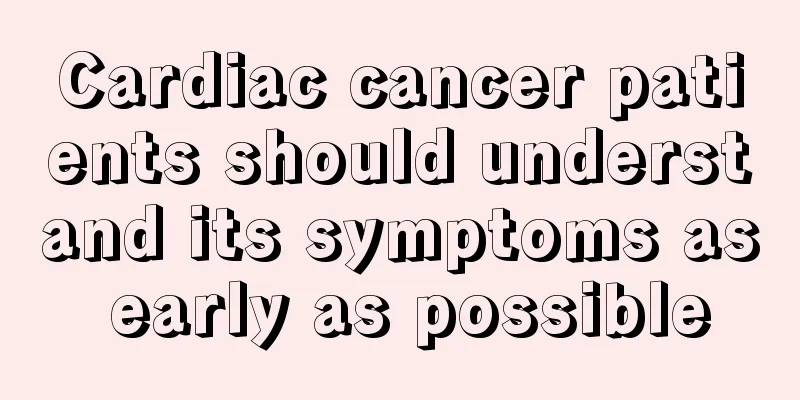How to treat acute pancreatitis

|
Pancreatitis is a common clinical disease, and acute pancreatitis is also a type of pancreatitis. The onset of acute pancreatitis is relatively rapid, with obvious symptoms of abdominal pain and bloating. Early treatment is recommended for this disease. The clinical manifestations of acute pancreatitis vary in severity, and the severity of the symptoms must also be considered in treatment. So how should acute pancreatitis be treated? 1. Fasting and nasogastric tube decompression Continue gastrointestinal decompression to prevent vomiting and aspiration. Giving whole-body motility drugs can reduce abdominal distension. 2. Replenish body fluids To prevent and treat shock, all patients should be given intravenous fluid, electrolyte and heat supplementation to maintain circulatory stability and water-electrolyte balance. Prevent hypotension and improve microcirculation. 3. Antispasmodic and analgesic For those with a clear diagnosis, symptomatic analgesics can be given in the early stages of the disease. However, it is advisable to give antispasmodics at the same time. Morphine is contraindicated to avoid spasm of the sphincter of Oddis. 4. Inhibit pancreatic exocrine secretion and pancreatic enzymes Gastric tube decompression, H2 receptor blockers, anticholinesterase drugs, somatostatin, etc. are generally used for patients with more serious conditions. Trypsin inhibitors such as aprotinin and gabexate have a certain inhibitory effect on trypsin. 5. Nutritional support Fasting in the early stage, mainly relying on total parenteral nutrition (TPN). When the abdominal pain, tenderness and intestinal obstruction symptoms are relieved, you can resume eating. Except for patients with hyperlipidemia, fat emulsion can be used as a heat source. 6. Application of antibiotics Early antibiotic treatment. In severe pancreatitis complicated by pancreatic or peripancreatic necrosis, intravenous administration of broad-spectrum antibiotics or selective enteral administration of antibiotics can prevent bacterial infection caused by intestinal flora translocation. 7. Surgery Pancreatic abscess, pancreatic pseudocyst, and pancreatic necrosis with infection are serious life-threatening complications of acute pancreatitis. If the diagnosis is uncertain; there is secondary pancreatic infection; there is concurrent biliary disease; or the clinical symptoms continue to worsen despite reasonable supportive treatment, surgical treatment should be performed. |
<<: What are the symptoms and treatments for acute urinary retention?
>>: How to relieve anal itching?
Recommend
Why does stiff neck occur?
The phenomenon of stiff neck can be said to be re...
What are the symptoms of bladder cancer
Bladder cancer is a malignant tumor that can occu...
Sex education for children
In the medical field, it is believed that when a ...
What are the benefits of children's dance
Many parents send their children to dance academi...
Why is my back sweating all the time?
Sweating on the back is a very common phenomenon,...
Precursor of femoral neck fracture necrosis
Patients should not be afraid when they hear abou...
Can instant noodles be cooked in a microwave?
The food that everyone should be most familiar wi...
Briefly talk about the typical symptoms of pancreatic cancer patients
The incidence of pancreatic cancer in my country ...
Why are my armpits sweating?
It is normal to sweat in summer, especially for t...
What are the common symptoms of uterine cancer?
Uterine cancer is a common disease. The symptoms ...
What are the benefits of soaking your feet in rice vinegar
Although white rice vinegar can kill fungi and ca...
What are the early symptoms of lung cancer brain metastasis?
Common symptoms of advanced lung cancer brain met...
It turns out that Kapok soup has these magical effects
Now is the season when kapok flowers bloom. This ...
How to treat vaginal wall cyst
Pubic wall cyst generally refers to the growth th...
How many days will it take to remove the thyroid cancer drainage tube
The thyroid cancer drainage tube is usually remov...









